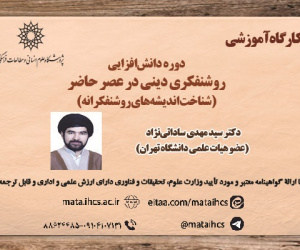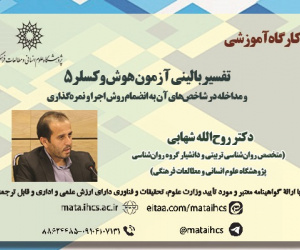نقش حقوق بین الملل در شناسایی و مجازات نسل کشی های بوسنی و هرزگووین و کردستان عراق
آرشیو
چکیده
نسل کشی، به عنوان یکی از شدیدترین جرایم بین المللی، به نابودی عمدی و سیستماتیک بخش یا کل یک گروه قومی، مذهبی، ملی یا نژادی اشاره دارد. این تحقیق به بررسی نقش حقوق بین الملل در شناسایی و مجازات نسل کشی های بوسنی و هرزگووین و کردستان عراق پرداخته است. ابتدا، تاریخچه و تعریف قانونی نسل کشی در حقوق بین الملل، به ویژه در کنوانسیون منع و مجازات نسل کشی مصوب ۱۹۴۸، بررسی می شود که به موجب آن کشورها موظف به پیشگیری و مجازات نسل کشی هستند. سپس، به مطالعه دقیق دو نمونه برجسته نسل کشی در تاریخ معاصر پرداخته می شود: نخست نسل کشی در بوسنی و هرزگووین که به ویژه در حادثه سربرنیتسا و کشتار مسلمانان بوسنیایی توسط نیروهای صرب رخ داد و دوم عملیات انفال رژیم بعث عراق علیه کردها در سال ۱۹۸۸ که منجر به قتل عام گسترده و استفاده از سلاح های شیمیایی علیه غیرنظامیان کرد شد. این تحقیق به تحلیل چگونگی برخورد جامعه بین المللی با این جنایات از طریق قطعنامه های سازمان ملل، به ویژه قطعنامه های ۶۱۲ و ۶۸۸، و نیز فعالیت های دادگاه های بین المللی مانند دیوان بین المللی دادگستری و دادگاه کیفری بین المللی یوگسلاوی (ICTY) می پردازد. همچنین، به چالش ها و پیچیدگی های احراز مسئولیت بین المللی دولت ها و مقامات در قبال این جنایات پرداخته و محدودیت ها و نقدهایی را مطرح می کند که در روند محاکمات و شناسایی این جرایم وجود داشته است. این تحقیق درصدد است به روش توصیفی-تحلیلی به مطالعه «نقش حقوق بین الملل در شناسایی و مجازات نسل کشی های بوسنی و هرزگووین و کردستان عراق» بپردازد.The role of international law in recognizing and punishing the genocides in Bosnia and Herzegovina and Iraqi Kurdistan
Genocide, as one of the most serious international crimes, refers to the intentional and systematic destruction of part or all of an ethnic, religious, national or racial group. This research examines the role of international law in identifying and punishing the genocides in Bosnia and Herzegovina and Iraqi Kurdistan. First, the history and legal definition of genocide in international law are examined, especially in the 1948 Convention on the Prevention and Punishment of the Crime of Genocide, which obligates states to prevent and punish genocide. Then, two prominent examples of genocide in contemporary history are examined in detail: first, the genocide in Bosnia and Herzegovina, which occurred in particular in the Srebrenica incident and the massacre of Bosnian Muslims by Serbian forces, and second, the Anfal operation of the Iraqi Baath regime against the Kurds in 1988, which resulted in widespread massacres and the use of chemical weapons against Kurdish civilians. This research analyzes how the international community has dealt with these crimes through UN resolutions, especially resolutions 612 and 688, as well as the activities of international courts such as the International Court of Justice and the International Criminal Tribunal for the former Yugoslavia (ICTY). It also addresses the challenges and complexities of establishing the international responsibility of states and authorities for these crimes and raises limitations and criticisms that have existed in the process of trials and identification of these crimes. This research seeks to study “the role of international law in identifying and punishing the genocides of Bosnia and Herzegovina and Iraqi Kurdistan” using a descriptive-analytical method.







